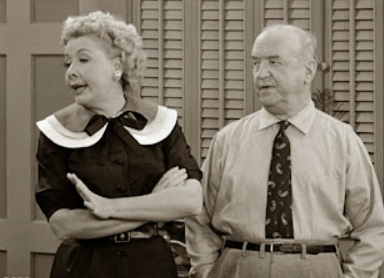
When TV fandom met consumerism
Today’s television franchises thrive on merchandise — from collectible toys to clothing lines. But in the early 1950s, merchandising around a sitcom was still in its infancy. I Love Lucy quietly helped shape that model, not through flashy marketing, but by testing how far fans would go to bring a piece of the show into their daily lives.
From coffee mugs to “Vitameatavegamin” bottles
Official I Love Lucy products ranged from household items branded with Lucy and Ricky’s faces to novelty replicas of props seen in episodes. Some of these were sold through mail-order promotions tied directly to the network, creating one of television’s first attempts at a coordinated brand ecosystem.
Why it mattered for TV economics
This early merchandising strategy not only boosted the show’s cultural footprint but also hinted at a new revenue stream — one that modern TV juggernauts like Friends and The Simpsons would later turn into multi-billion-dollar empires. In hindsight, I Love Lucy wasn’t just selling laughter; it was selling the blueprint for television-driven consumer culture.
